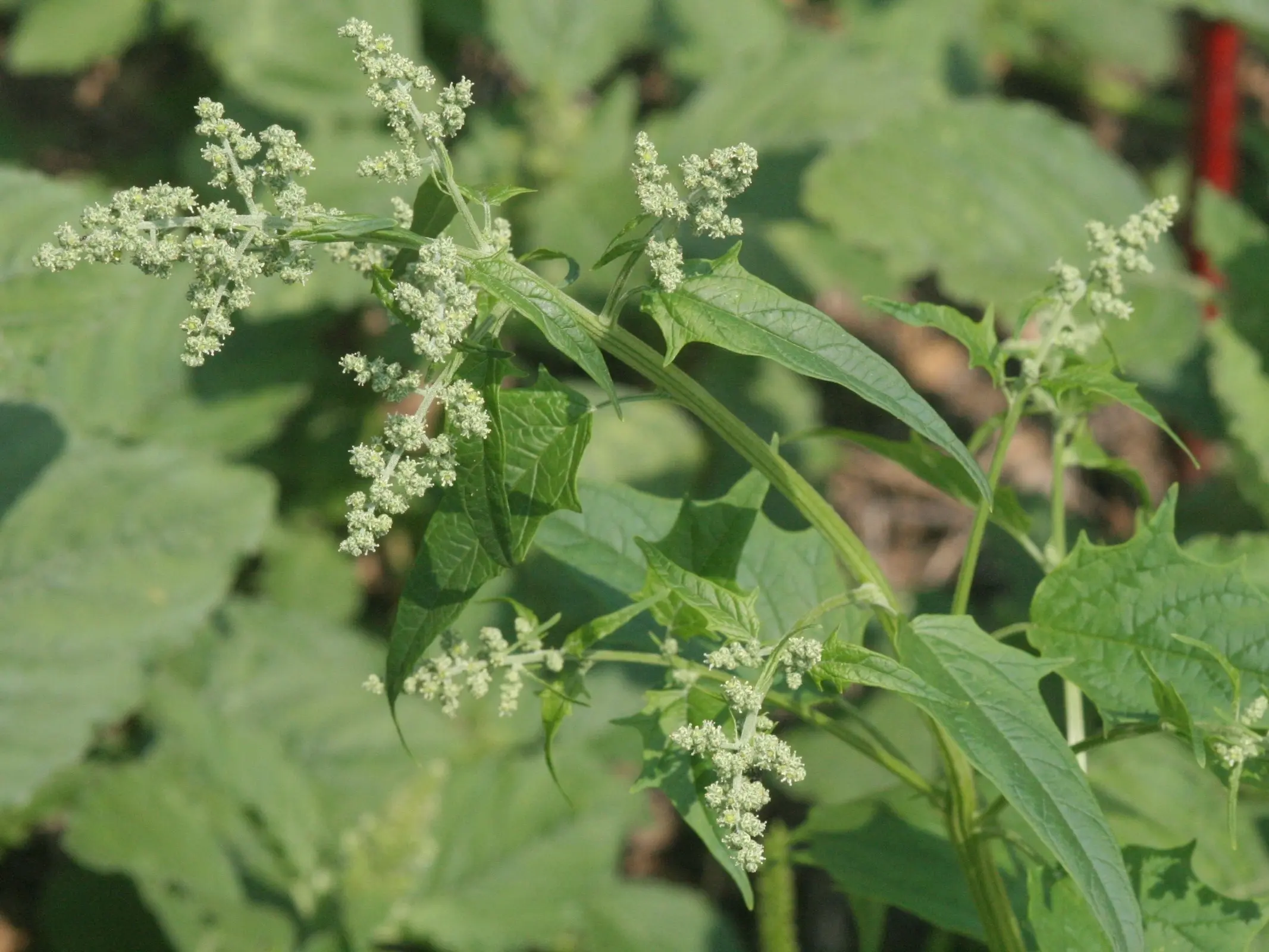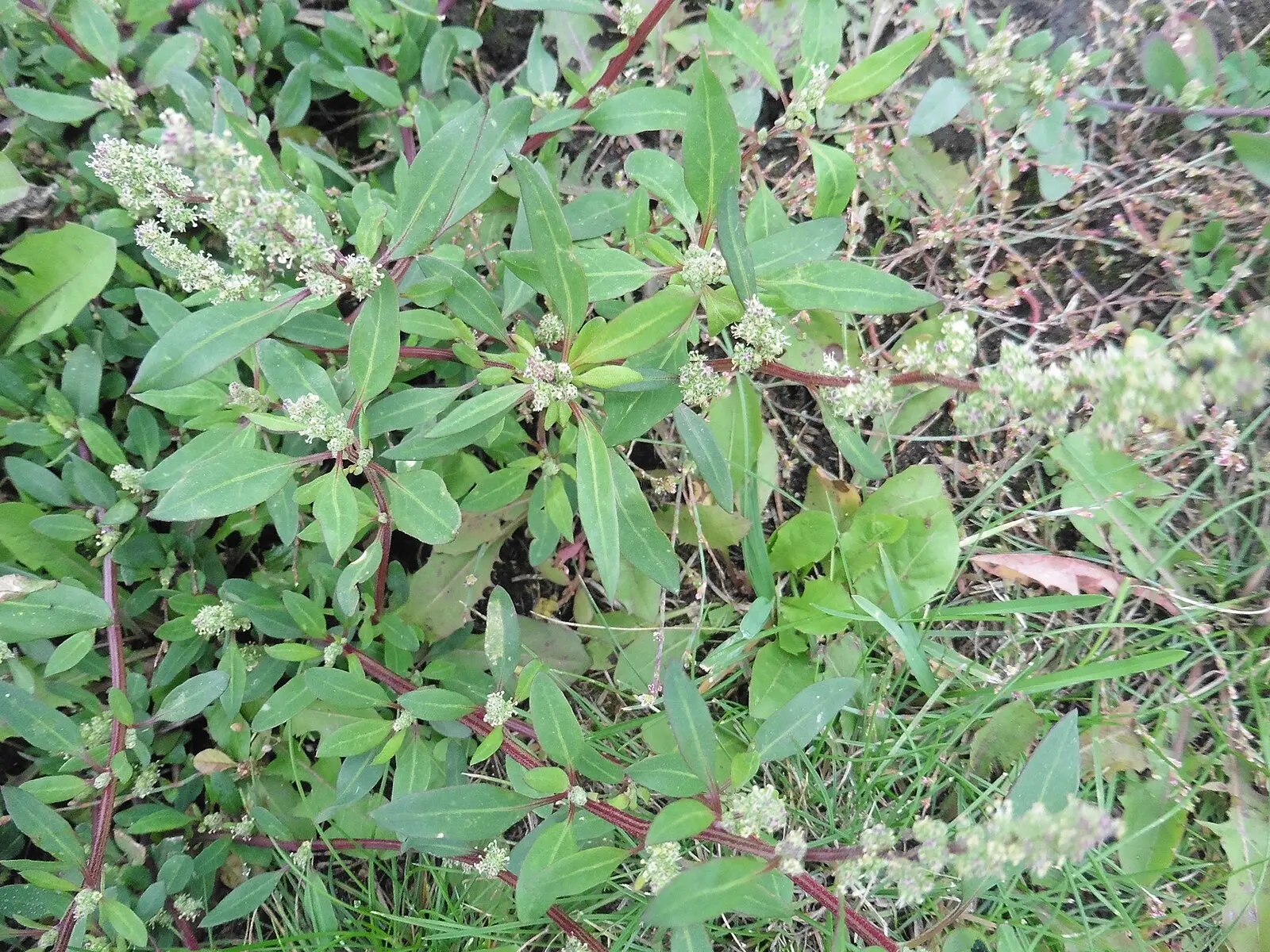
Welcome to another weekly edition of the a-z of plants horses should definitely avoid. Today’s plant is highly common, incredibly innocuous looking & perhaps one of the more difficult ones to recognize by site. Lambsquarters may just look like a common weed, but it’s one that your horse should avoid.
A Little About Lambsquarters
Chenopodium is also called Goosefoot, Smearwort, Mercury Goosefoot, Wormseed, Mexican Tea & Spanish Tea. This is an annual that grows to around three & a half feet tall. Leaves are light green, triangular & alternate. Flowers are green, unremarkable, small & clustered. Fruit is a seed with a thin, paper-like covering.
How Dangerous Is It?
For all of its common appearance, this plant is unpalatable & only really a concern during drought conditions. However due to its high toxicity & common appearance it’s important for horse owners to know this plant. Unfortunately little is known about the toxicity of the green plant & how it’s metabolized.
The oil of this plant is toxic & can be fatal to equines.

What To Look For
You know your animal the best, so you should know when something is amiss. Lambsquarters toxicity symptoms include increased heart rate, excess drooling, increased respiration & convulsions.
Learn More
Be sure to check out the Lambsquarters page to learn more about the plant & while you are at it why not check out more toxic plants?
*It should be noted that we’re not veterinarians. This information is written specifically for horses & should be used for reference purposes only. If you think your horse has eaten something toxic call your vet right away.
As a horse owner, I really appreciated your site on toxic weeds to be avoided by horses. The reason is I am not very knowledgeable of the plants that can injure horses. A few years ago when we moved our horses to a really nice farm we discovered that we had a cherry tree which the leaves are toxic to horses and can kill them. We had the tree cut down and removed but still had some of the leaves in the pasture next door. We had to go around and pick up the leaves and then keep the horses off of it until the following season. Since your site includes pictures of the plants, it is helpful to us horse owners to find these plants before they do harm.